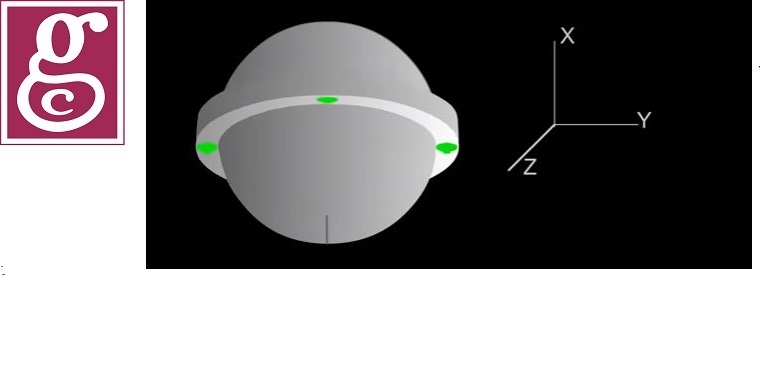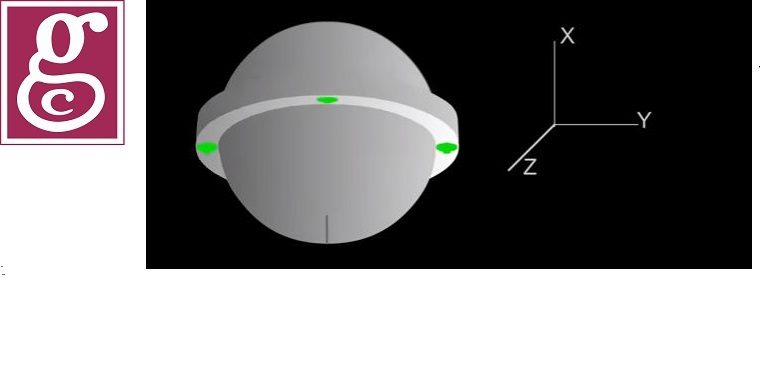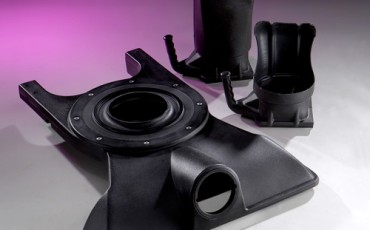
Learn how rotational molding works and why it’s a great choice for hollow plastic parts.
Rotational molding uses metal molds made of aluminum or steel to produce hollow plastic parts. This thermoplastic process, which is also known as rotomolding or rotocasting, can produce plastic parts in a wide variety of shapes, sizes, textures, and colors with features such as undercuts, multiple walls, and molded-in hardware and graphics.
The Rotational Molding Process
As this YouTube video shows, the first step of the rotational molding process involves loading powdered resin into the mold. Using bolts or clamps, the metal mold is then closed. Next, the mold is moved to an oven where it rotates slowly about two axes simultaneously. This biaxial rotation allows the mold to be coated evenly with plastic, yielding a uniform wall thickness.
The speed of the biaxial rotation can be adjusted to suit the shape and complexity of the plastic part. The powder resin is not centrifugally thrown against the walls of the mold. Rather, the mold runs through the pile of powder material. As heat is transferred through the mold, the resin powder melts and adheres to the mold’s surface, building up layers of plastic.
During the molding cycle, the mold’s temperature increases from ambient temperature to several hundred degrees Fahrenheit. In turn, this causes air pressure to build-up inside of the mold. To minimize this pressure build-up, a vent allows air to exit the mold. After the cooling cycle, the vent is removed. In the final part then, there is a hole where the vent was removed.
When all of the plastic material is melted and distributed evenly, the mold is sent to a cooling chamber. There, while continuing its biaxial rotation, the mold is cooled with air, water mist, or a combination of both. The temperature is lowered gradually and the plastic solidifies into its final shape. Then, when the mold and the part are cooled sufficiently, the mold is opened and the part removed.
Molded-In Hardware and Graphics
Rotomolded parts from Gregstrom can include molded-in hardware (inserts) and graphics. Each insert is held in place by a bolt through the mold wall, and is completely coated during the molding process. Before de-molding the part, the bolt is removed and the insert is left in place. Similarly, inserts that form undercuts can be molded into place.
Polyethyelene, a common material for rotational molding, can be difficult to decorate with stickers. That’s why Gregstrom offers Mold in Graphics for your projects. These graphics are applied to the mold and then molded right into the part. The markings can’t be rubbed-off or washed-off, and they become a permanent feature of your molded plastic part.
Choose Rotational Molding from Gregstrom
Do you have questions about rotational molding? Would you like to learn more about rotomolded parts for your specific application, or see some examples of Gregstrom’s rotational molding capabilities? To request a quote or for more information, contact us on-line or call (781) 935-6600.



